Designing Games Online in 2025: A Look into the Future of Interactive Entertainment
Related Articles: Designing Games Online in 2025: A Look into the Future of Interactive Entertainment
Introduction
In this auspicious occasion, we are delighted to delve into the intriguing topic related to Designing Games Online in 2025: A Look into the Future of Interactive Entertainment. Let’s weave interesting information and offer fresh perspectives to the readers.
Table of Content
Designing Games Online in 2025: A Look into the Future of Interactive Entertainment

The landscape of game design is undergoing a rapid transformation, fueled by advancements in technology, evolving player expectations, and the increasing interconnectedness of our digital lives. By 2025, the online gaming sphere will be a vibrant ecosystem, characterized by immersive experiences, personalized engagement, and a deep integration of emerging technologies. Understanding the key trends and evolving design principles will be crucial for developers seeking to create engaging and successful games in this dynamic environment.
The Evolving Landscape of Online Gaming
The year 2025 will see a shift away from traditional game design paradigms. The focus will move towards creating experiences that are deeply personalized, seamlessly integrated into players’ lives, and built on a foundation of emerging technologies. Here are some key trends that will shape online game design in the near future:
1. The Rise of the Metaverse:
The metaverse, a persistent and immersive digital world, will be a defining factor in online gaming. Games will transcend traditional boundaries, becoming integrated components of a larger, interconnected virtual universe. Players will be able to seamlessly transition between different games, maintain their identities and progress across multiple experiences, and interact with others in a more meaningful way. This shift will require game designers to consider the broader context of the metaverse, ensuring their creations seamlessly integrate with other virtual environments and services.
2. The Power of Artificial Intelligence (AI):
AI will play a pivotal role in shaping the future of online games. From procedural content generation to personalized gameplay experiences, AI will enable developers to create dynamic, adaptive, and engaging worlds. AI-powered non-player characters (NPCs) will become more sophisticated, exhibiting realistic behaviors and adapting to player actions in real-time. Games will learn from player preferences, tailoring content and difficulty levels to create a more engaging and personalized experience.
3. The Convergence of Gaming and Other Industries:
The lines between gaming and other industries will blur further. Games will become platforms for education, healthcare, and even social interaction. Educational games will utilize gamification techniques to make learning more engaging, while health-focused games will encourage healthy habits and promote well-being. The rise of social games will foster connections and build communities around shared interests, blurring the lines between entertainment and social networking.
4. The Importance of Accessibility:
Inclusivity and accessibility will become paramount in game design. Games will be designed to cater to a diverse range of players, with features like customizable controls, adjustable difficulty levels, and support for assistive technologies. This focus on accessibility will ensure that games are enjoyable and engaging for everyone, regardless of their physical or cognitive abilities.
5. The Evolution of User Interfaces (UI) and User Experience (UX):
User interfaces will become more intuitive and immersive, leveraging advancements in virtual reality (VR), augmented reality (AR), and haptics technology. Games will utilize intuitive gestures, voice commands, and immersive environments to create a more natural and engaging gameplay experience. The focus will shift towards creating seamless and intuitive user experiences that are tailored to the individual player.
Designing Games for the Metaverse
The metaverse presents both challenges and opportunities for game designers. Creating games that seamlessly integrate into this larger virtual world requires a shift in thinking. Here are some key considerations for designing games for the metaverse:
1. Interoperability:
Games designed for the metaverse must be interoperable, meaning they can interact with other games and services within the virtual world. This requires developers to adopt common standards and protocols, ensuring that player data, progress, and assets can be seamlessly transferred between different experiences.
2. Persistent Worlds:
Unlike traditional games, metaverse games will feature persistent worlds that evolve over time. This necessitates a design approach that accommodates ongoing updates, player-driven content creation, and dynamic environments that adapt to the actions of the community.
3. Social Interaction:
The metaverse emphasizes social interaction. Games should be designed to facilitate meaningful connections between players, fostering communities and encouraging collaboration. Features like virtual events, social spaces, and shared experiences will be crucial for creating engaging and social experiences within the metaverse.
4. Decentralization:
The metaverse is built on decentralized technologies, such as blockchain and NFTs. This presents opportunities for developers to create games with decentralized economies, allowing players to own and trade in-game assets. However, it also requires careful consideration of the ethical implications of these technologies and the need for responsible implementation.
The Role of AI in Game Design
AI will revolutionize game design in numerous ways. Here are some key applications of AI in online gaming:
1. Procedural Content Generation:
AI can be used to generate game content, such as levels, characters, and storylines, on the fly. This enables developers to create games with immense replayability, as each playthrough offers a unique experience. AI-powered procedural content generation can also be used to create dynamic environments that adapt to player actions, ensuring a more immersive and engaging experience.
2. Personalized Gameplay Experiences:
AI can personalize the gameplay experience by analyzing player behavior and adapting the game’s difficulty, pacing, and content to suit their individual preferences. This ensures that the game remains challenging and engaging for players of all skill levels.
3. AI-Powered NPCs:
AI can create more sophisticated and realistic NPCs that exhibit complex behaviors, adapt to player actions, and engage in meaningful interactions. This enhances the immersion and realism of the game world, making it feel more alive and interactive.
4. Game Balancing and Optimization:
AI can be used to analyze player data and identify areas where the game needs to be balanced or optimized. This helps developers create a fair and engaging experience for all players, ensuring that the game is not too difficult or too easy.
Designing for Accessibility and Inclusivity
Accessibility and inclusivity are crucial aspects of game design, ensuring that games are enjoyable and engaging for all players. Here are some key considerations for creating accessible games:
1. Customizable Controls:
Games should offer customizable controls, allowing players to map buttons, adjust sensitivity, and use alternative input methods like voice commands or eye tracking. This allows players with physical disabilities to adapt the game to their needs and enjoy the experience.
2. Adjustable Difficulty Levels:
Games should provide multiple difficulty levels, catering to players with varying skill levels and abilities. This ensures that everyone can find a challenge that is appropriate for them, preventing frustration and allowing all players to enjoy the game.
3. Support for Assistive Technologies:
Games should be compatible with assistive technologies like screen readers, text-to-speech software, and braille displays. This allows players with visual or auditory impairments to access the game’s information and interact with the game world.
4. Inclusive Design Principles:
Game designers should adopt inclusive design principles, ensuring that the game is accessible to players from diverse backgrounds and with varying abilities. This includes avoiding stereotypes, promoting representation, and ensuring that the game’s content is engaging and enjoyable for everyone.
FAQs about Designing Games Online in 2025
1. What are the most important technological advancements impacting online game design in 2025?
The most significant technological advancements impacting online game design in 2025 are the rise of the metaverse, the increasing role of AI, and the convergence of gaming with other industries. These advancements are driving the development of more immersive, personalized, and interactive gaming experiences.
2. How will the metaverse change the way we design games?
The metaverse will necessitate a shift towards designing games that are interoperable, persistent, and social. Games will need to seamlessly integrate with other virtual worlds and services, offering persistent experiences and fostering meaningful connections between players.
3. What are the ethical considerations of using AI in game design?
The use of AI in game design raises ethical considerations, such as the potential for bias in AI-generated content, the need for transparency in AI algorithms, and the potential for AI to create addictive or exploitative gameplay experiences. Developers must carefully consider these ethical implications and strive to use AI responsibly.
4. How can game designers create more accessible and inclusive games?
Game designers can create more accessible and inclusive games by adopting customizable controls, offering adjustable difficulty levels, supporting assistive technologies, and embracing inclusive design principles. These efforts ensure that games are enjoyable and engaging for everyone, regardless of their physical or cognitive abilities.
5. What are the key trends driving the evolution of user interfaces and user experiences in online games?
Key trends driving the evolution of user interfaces and user experiences in online games include the adoption of virtual reality (VR), augmented reality (AR), and haptics technology, which create more immersive and intuitive interactions. The focus is on creating seamless and personalized user experiences that are tailored to the individual player.
Tips for Designing Games Online in 2025
1. Embrace the Metaverse:
Consider how your game can integrate into the larger metaverse ecosystem, ensuring interoperability and leveraging the opportunities for persistent worlds and social interaction.
2. Utilize AI Strategically:
Explore the potential of AI for procedural content generation, personalized gameplay, and creating more realistic and engaging NPCs. However, prioritize responsible and ethical AI implementation.
3. Prioritize Accessibility and Inclusivity:
Design your game with accessibility and inclusivity in mind, offering customizable controls, adjustable difficulty levels, and support for assistive technologies.
4. Focus on User Experience:
Invest in creating intuitive and immersive user interfaces, leveraging emerging technologies like VR, AR, and haptics to enhance the player experience.
5. Stay Informed and Adaptable:
The landscape of online gaming is constantly evolving. Stay informed about emerging trends and technologies, and be prepared to adapt your design approach to meet the changing needs of players.
Conclusion
Designing games online in 2025 will be a challenging but rewarding endeavor. By embracing the trends of the metaverse, AI, accessibility, and evolving user experiences, developers can create engaging, immersive, and impactful online games that captivate players and redefine the boundaries of interactive entertainment. The future of online gaming is bright, and the opportunities for innovation are vast. By understanding the evolving landscape and adopting a forward-thinking approach to design, developers can create games that will resonate with players and shape the future of interactive experiences.

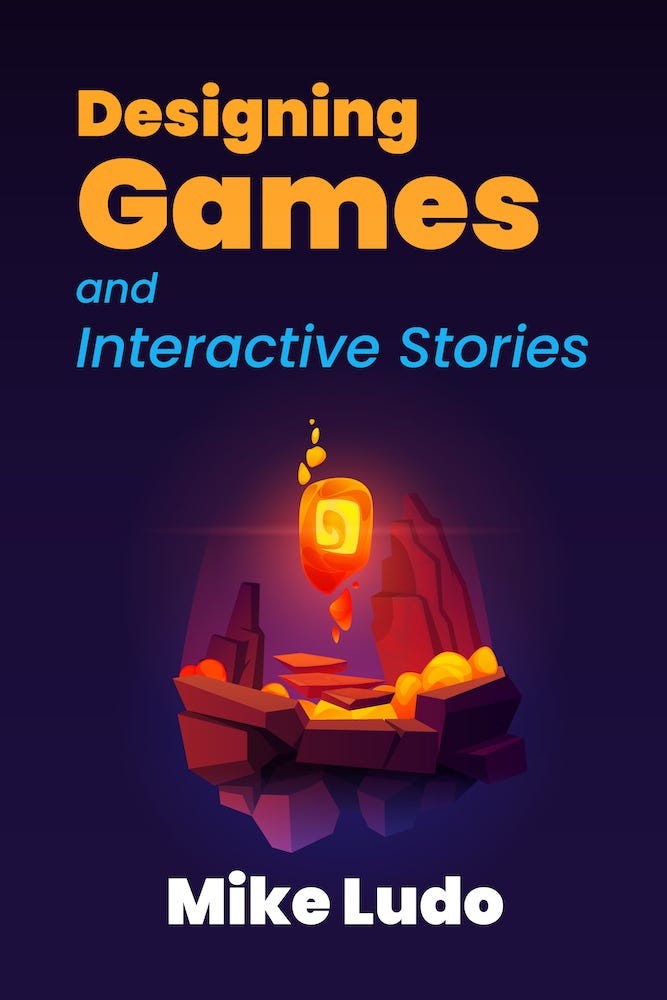
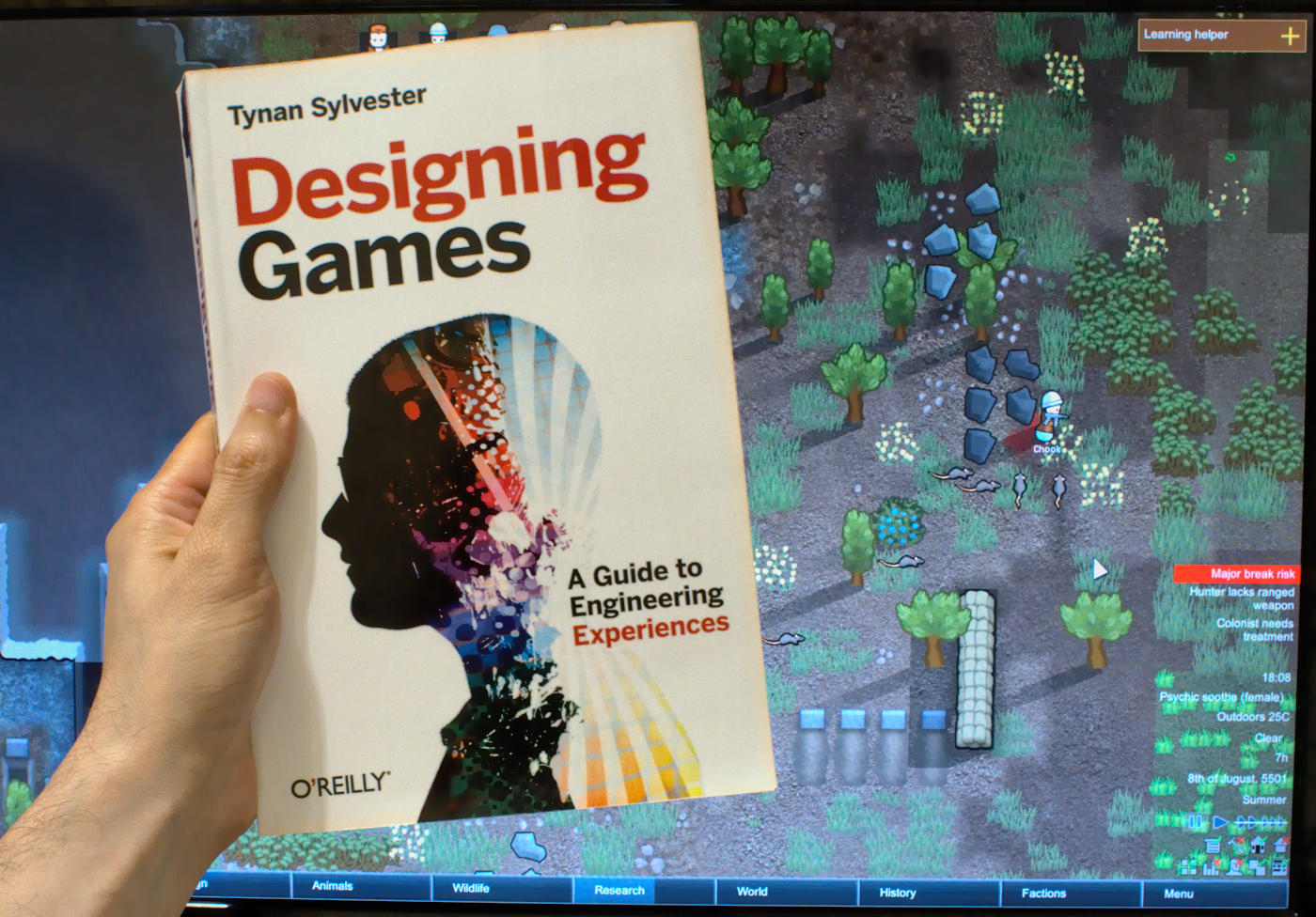
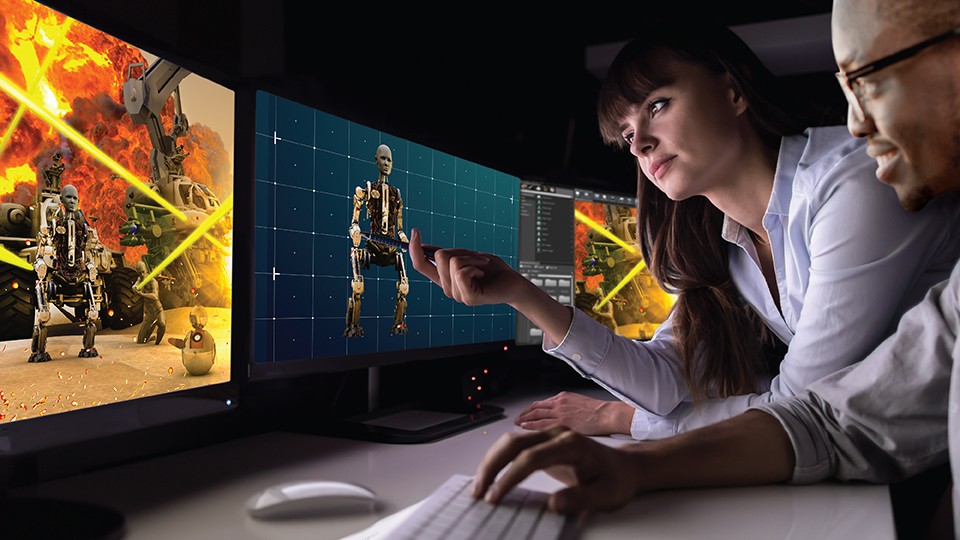
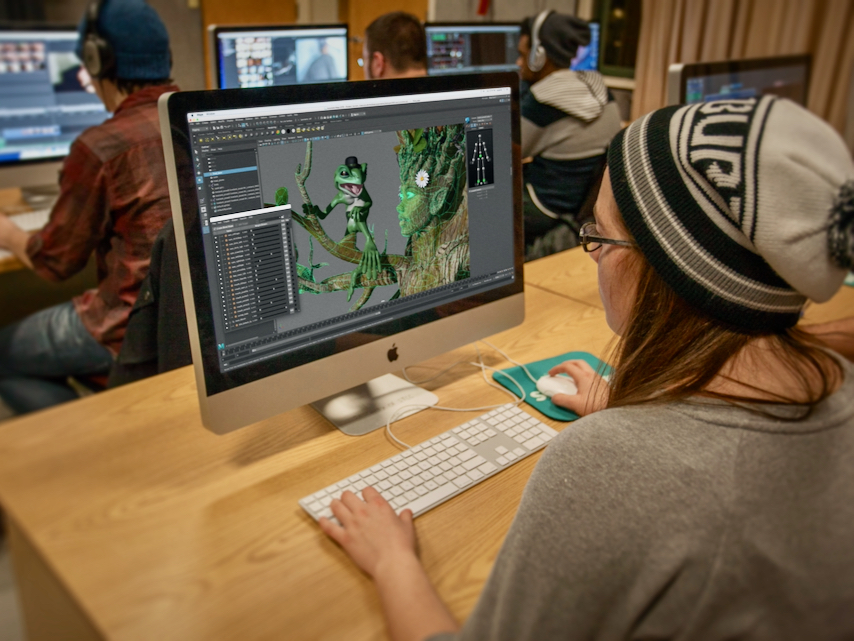
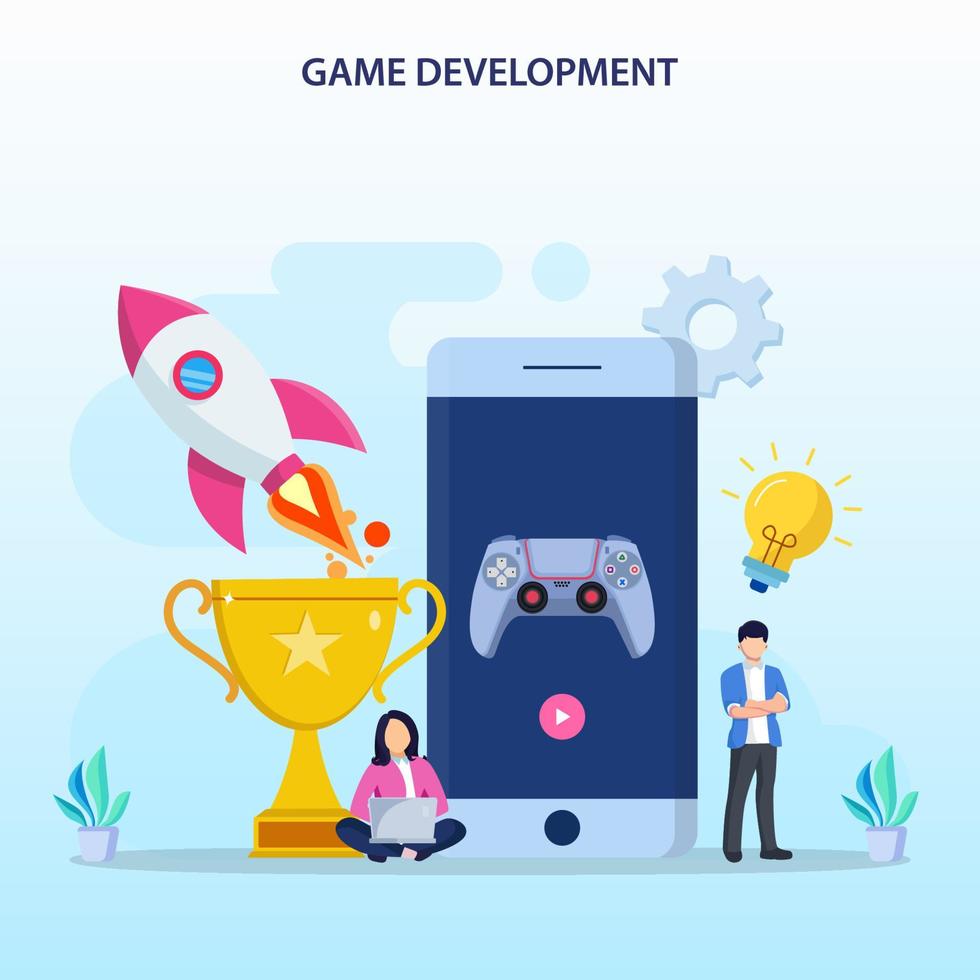


Closure
Thus, we hope this article has provided valuable insights into Designing Games Online in 2025: A Look into the Future of Interactive Entertainment. We appreciate your attention to our article. See you in our next article!